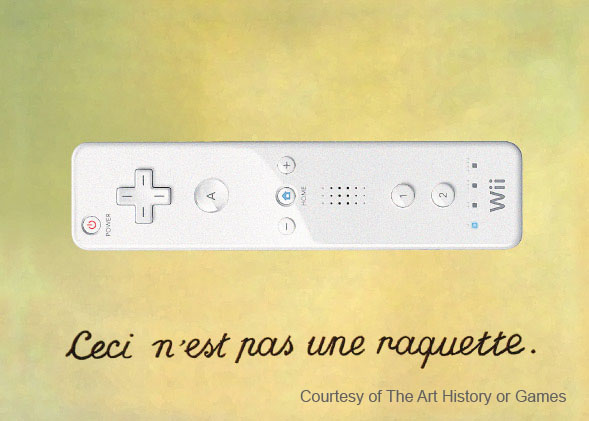The Art History of Games, a three-day Atlanta-based public symposium, is scheduled for Feb. 4-6 in the High Museum of Art’s Rich Auditorium.
Organized by Georgia Tech Digital Media and SCAD Atlanta, the symposium will feature experts from gaming, art history and related areas of cultural studies, including game designer and artist Brenda Brathwaite. Brathwaite, who worked on the Wizardry game series, and many others are set to investigate games as an art form.
“I’m looking forward to the Art History of Games so I can get a better perspective on design,” said Daniel Plemmons, a second-year interactive design and game development major at SCAD. “I want to hear about designers’ processes and see where they lead. I think the event is a really interesting idea.
“I like the art history angle, I think it sets it apart and makes you notice.”
With nods to the past and future, and with an open acknowledgment of all the awkwardness, bravado and measured successes thus far, The Art History of Games organizers and experts aim to make the case for games as an art form.
“As a designer who is interested in the pursuit of games as art, I’m happy to see the medium starting to get recognition as art,” said Jonathan Justice, a third-year interactive design and game development major. “It has been a long and difficult road for game designers to earn acceptance from the art community.
“People like Michael Noll and Ben Laposky started to use their computers to create digital art decades ago. They laid the groundwork for us and their works weren’t immediately accepted,” Justice said.
“Games are basically made up in a person’s vision, a story, and with tons of programming,” said Damien Wisdom, a third-year visual effects major. “Like most typical art, it lasts, it makes an impression and it’s always something new and different from what already exists.”
According to a press release, The Art History of Games will premiere three commissioned games from Jason Rohrer (“Passage”) and Gamelab co-founder Eric Zimmerman. The three commissioned games will be on display at the Kai Lin Art from Feb. 4-March 2.
Other speakers for the Art History of Games symposium include: SCAD interactive design and game development and art history Professor John Sharp; Georgia Tech assistant Professor Michael Nitsche; John Romero, best known for his work on “Wolfenstein 3D” and “Doom”; and video game researcher Ian Bogost.
More information on the event, including registration details, is available at www.arthistoryofgames.com.

























